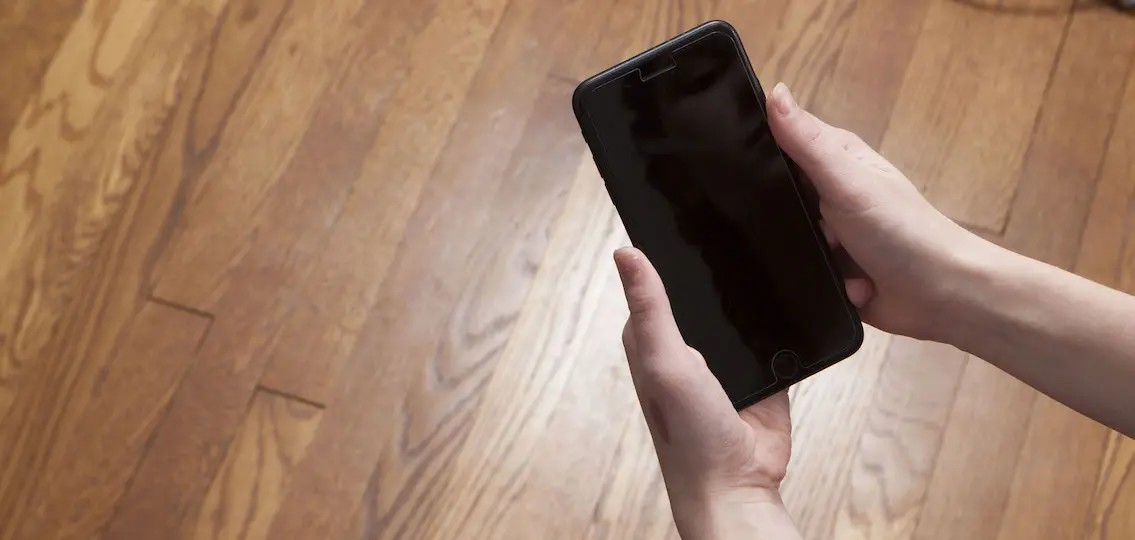Which Apps Are Teens Using For Hiding Texts and Photos?
What’s the latest trend in online communications? It’s a handful of popular downloadable apps, called vaporware, which make texts, photos, and videos self-destruct seconds after they’re read. And while they may not go up in smoke like Mission Impossible, they’re gone nonetheless . . . meaning mom and dad can never see them.
On the one hand, vaporware apps ensure that teenagers will not have to live the rest of their lives with every status, tweet or whatever other dumb online choice they’ve made available somewhere.
How To Hide Texts: When Teens Hide Messages On iPhone
But the catch is that these apps can also help hiding texts, photos, and other activity that parents may really want to know about and, frankly, should know about. Yes, we’re talking about sexting, cyberbullying, and private messaging with strangers your teenager may have met online.
Here’s a quick run down of some of the most popular vaporware apps.
SendVapor: SendVapor is free and currently available only for the iPhone. Users can send texts or photos that self-destruct after they are read.
Snapchat: Snapchat is free and available for the iPhone and Android. Teenagers can write a message, add a photo and set a timer for up to 10 seconds. Recipients have that long to read the message and then it disappears.
Wickr: Wickr is free and available for the iPhone (and iPad and iPod). Send texts, photos, videos, and voicemails. Users set a timer for when a message self-destructs.
What To Do?
What to do if you discover one on your teenager’s phone (and there are others, too, like Facebook’s Poke feature)? Start with a conversation about what kinds of activities are acceptable online. Using one of these apps to communicate with friends is one thing; sending a revealing photograph or video, even to a boyfriend or girlfriend, is another one entirely. If your teenager is under the age of 18, such photos and videos are considered child pornography.
Another consideration: While messages sent with these apps do disappear off the phone, the recipient can simply take a screenshot to preserve it, well, forever . . . and that means they can share them with others, post them to Facebook and so on.
Finally, if your teenager is not capable of using his or her phone responsibly and you really want to be able to keep tabs, there is an “easy solution to the plethora of self-destructing apps,” explains Segrid Lewis, founder of Spy Parent. Those include SIM readers, a hardware device that can retrieve some data from a phone (you can buy one on Amazon), and keyloggers, a type of software that records every keystroke (check your favorite App store). If you are concerned about your teen hiding texts, it’s good to know that you have some options.



